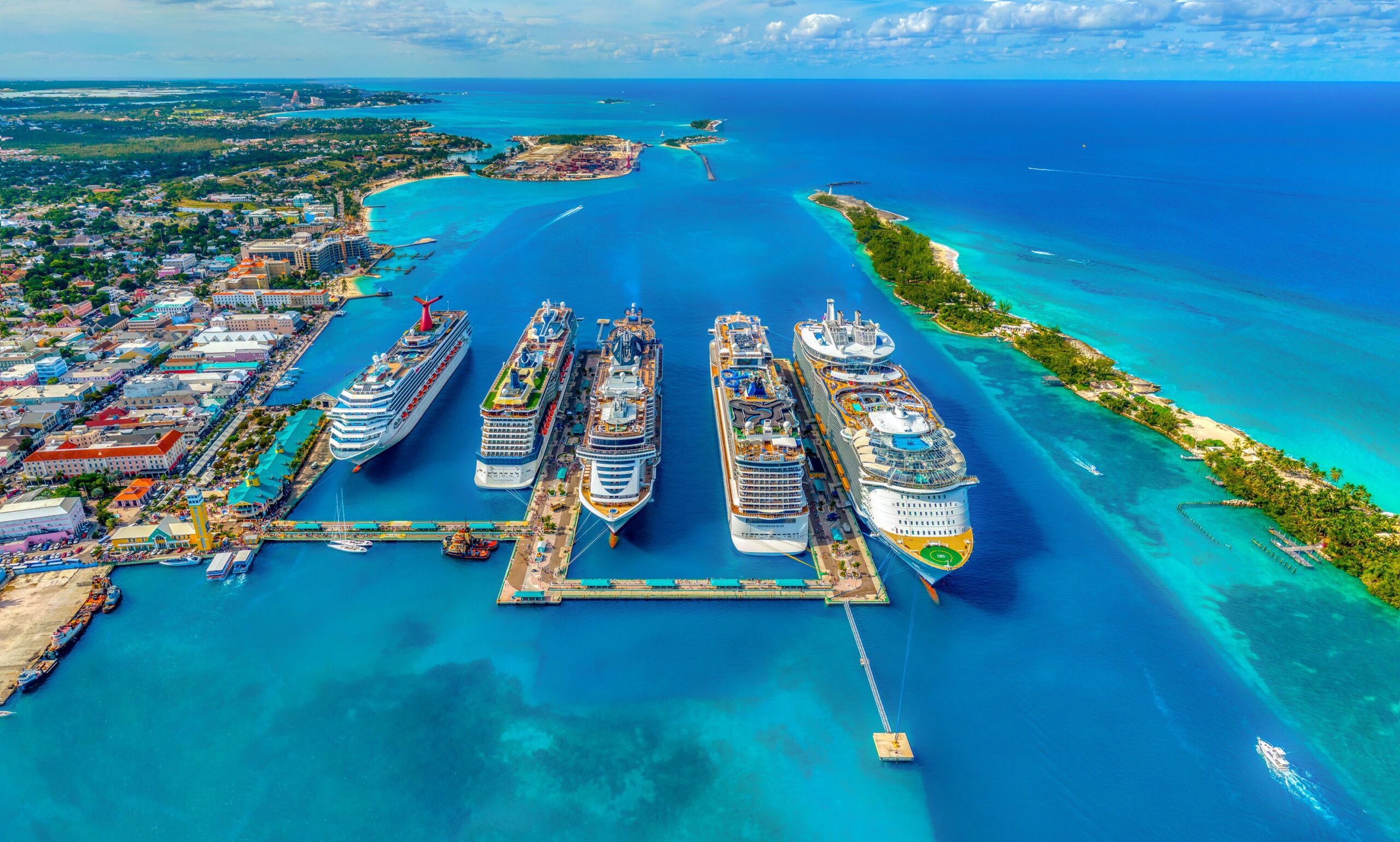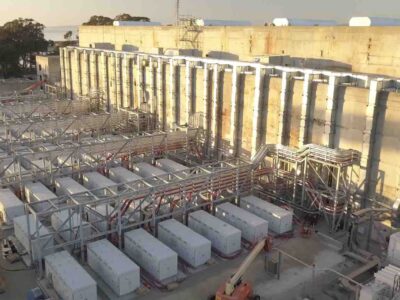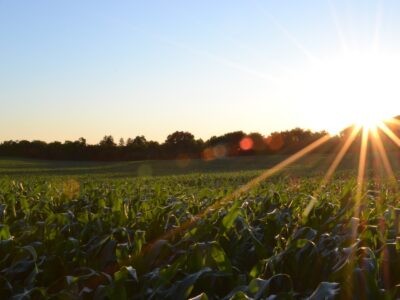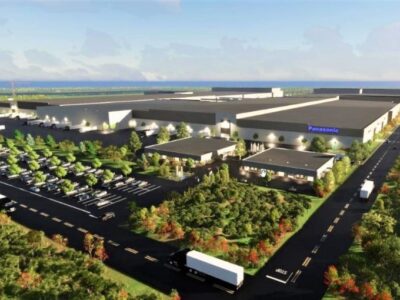Bahamian government officials have come up with a novel idea to raise money for the sunny island nation while also improving the environment: sell ocean-based blue carbon credits on the international market and use proceeds to supplement sustainability initiatives. If the plan proves successful, it could find its way into other coastal nations worldwide.
Bahamas Prime Minister Philip Davis announced the initiative in late April, and it’s expected to launch by the end of the year. Its been reported that officials had identified at least $300 million worth of assets – mainly mangroves and seagrass – that could be offered on the voluntary carbon market.
“Blue carbon” is the name given to carbon captured by the ocean and coastal ecosystems. Seagrass and mangroves can store large amounts of carbon dioxide – an important element in combating climate change. A growing number of companies use these ecosystems to offset their carbon emissions to achieve net-zero emissions by the middle of the century.
Coastal ecosystems are considered a key environmental resource because they can store three to five times more carbon per hectare than tropical forests, according to the Grist website. In addition to storing dead and decaying plant matter on the ocean floor, these ecosystems sequester carbon by pulling it from the air and water. Researchers have determined that marine habitats already store up to 30 billion tons of carbon, almost as much as the entire world emitted last year from burning fossil fuels.
Carbon offsets come in a couple of different forms. One involves companies paying to preserve existing ecosystems, preventing new carbon from being released into the atmosphere. The other option is to finance the restoration of degraded or destroyed habitats, which can then absorb additional carbon dioxide.
Carbon offsets are expected to be a $245 billion to $546 billion markets by 2050, according to BloombergNEF. Much of the focus has been on “green” carbon credits linked to forests and grasslands. But blue carbon offsets have been gaining momentum on the international stag in recent years.
The United States, Australia, and Kenya have already begun including marine habitats in their carbon accounting. The Bahamas would be among the first countries to start selling ocean-based credits.
“I am now seeing greenhouse emissions as garbage, and I see our carbon sinks as garbage collectors that are providing free service to the world,” Davis said at the Caribbean Renewable Energy Conference, held in Miami in late April. “It’s time for us to get paid for our service.”
The Bahamas boasts more than 1,600 square miles of mangrove forests and other marine ecosystems, but they are increasingly vulnerable to hurricanes and coastal development damage.
Davis plans to use part of his country’s carbon credit sales revenues to address these problems. Funds will also be put into renewable energy and other projects to make the Bahamas more resilient.
Other nations in the Caribbean could soon follow suit. Although emissions in the region are very low compared with the rest of the world, the Caribbean has been adversely affected by the deterioration of its coastlines and a rise in extreme weather events linked to global warming.





